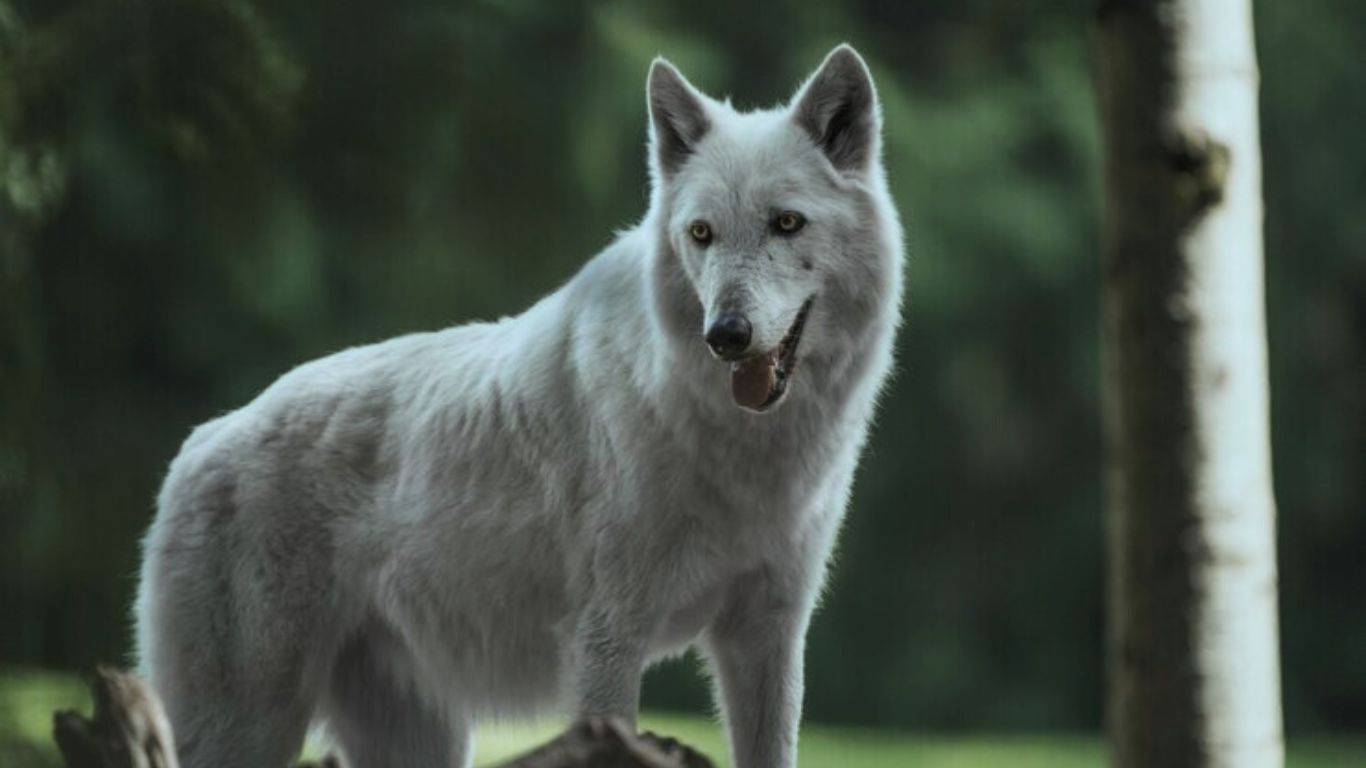Ever wonder where the mysterious Mexican Gray Wolf wanders? These magnificent animals once roamed throughout the southwestern United States and Mexico, but now occupy a mere fraction of their former range. How did these incredible dogs come to be so limitedly distributed (but please don’t confuse that with their being at risk!)? Historical Range Mexican Gray Wolves Pre-colonial distribution Mexican gray wolves (Canis lupus baileyi) once occupied much of the southwestern United States and northern Mexico before European settlement. They were once found in central Mexico to Arizona, New Mexico, and some regions of Texas. You might find these wolves living in different types of places; Pine-oak forests Grasslands Mountain ranges Desert scrublands Its broad geographic distribution previously made the Mexican gray wolf a keystone species and it played an important role in maintaining ecological balance through multiple systems. Impact of Human Settlement A significant shift in the distribution of wolves: With European settler moving into the land inhabited by wolves, you would start to see them disappear. Land development resulting in habitat fragmentation More livestock interactions. Conscientious Elimination These factors contributed to their loss from much of their former range for Mexican gray wolves. You would see their numbers declining and a large drop in the area where they could be found. Causes of Population Shrinkage As the numbers suggest, Mexican gray wolves were almost annihilated for a multitude of reasons: Government wolf eradication programs Loss of habitats: When human civilization spread, it resulted in the loss of the important abodes of wolves. Decreased number of prey: Deer and elk were the staple diet for wolves, Overhunting nevertheless depleted the wolves’ food sources. Humans: Fear and misguided beliefs led to the mass execution of wolves. Present Habitat & Distribution To see a Mexican gray wolf, one must venture to two places in general: here in the southwest United States or farther south across the border into northern Mexico. Although it occupies minimal areas of their drastically narrower historical distribution, these are the heartland of their present range. Southwestern United States Mexican gray wolves have also been making a comeback in the U.S., with populations arrested in parts of Arizona and New Mexico. Their range includes: Apache-Sitgreaves National Forest Gila National Forest The Fort Apache Reservation These are predominantly areas with the type of rugged, forested habitat favored by Mexican wolves. You can usually see them in the pine-oak woodlands and adjacent grassland hunting one of its popular ingredients: elks and deer. Northern Mexico In Mexico, the range of Mexican gray wolves includes parts of: Sonora Chihuahua They have nearly identical habitats to parts of the southwestern U.S., a mix of forests and grasslands that provide everything wolves need. Protected Areas and Reserves There exist several types of protected areas dedicated to the conservation of Mexican gray wolves, for this subspecies to survive: Blue Range Wolf Recovery Area (BRWRA): located in part of Arizona and New Mexico, this is the primary reintroduction zone within the United States. The Sierra Madre Occidental: home to the Mexican wolf in the wild. Seville Wolf Management Facility (New Mexico): This facility is not a wild habitat, but it plays an important role in captive breeding and the preparation of wolves for release. The protected areas are essential for the survival of wolves—allowing them space to roam, hunt, and set up territories with minimal interaction from humans. While you visit these places, consider the fact that the Mexican gray wolves exist as evidence for conservation activity and the survival of a critically endangered species. Desired Environmental Structure Mexican gray wolf habitat preferences reveal that these beautiful animals need particular types of ecosystems to flourish. Here are the main characteristics of their ideal biomes: A. Mountainous terrain Mexican gray wolves are often found in the mountains. These areas provide: Florida’s backstop Changes of altitude so hunters could sit without fearing that they would tumble downhill Higher altitude, colder temperatures B. Forested areas Mexican gray wolves are dependent on dense forests. If WOODLAND HABITATS you will see: Sufficient protection for hunting and stealth Protection from adverse weather Incredible diversity of plant life supporting a multitude of prey species C. Water sources Water is essential for Mexican gray wolves. On their home front: Rivers, streams, and lakes Natural springs Also, spring snowmelt and other seasonal water sources For not only hydration but hunting as well: water sources attract prey animals, making it an ideal hunting ground. D. Prey availability A healthy region for Mexican gray wolves would provide a range of prey. You’ll typically see: Meat Will Come Mostly From Elk and Deer Small mammals such as rabbits and rodents Moose, Bighorn sheep once in a while The local availability and diversity of prey directly influence where wolves can live and rear their young. Releases and New Home Ranges When you learn about the desired habitats of Mexican gray wolves, it becomes clearer how a concerted effort is being made to reintroduce these beautiful animals back into their original ranges. Location: Arizona/New Mexico Border THE ARIZONA-NEW MEXICO BORDER REGION is the home of Mexican gray wolf reintroduction. Wildlife biologists have been attempting to introduce self-sustaining populations in this part of the world since 1998. These wolves live mostly in: Precipitation (inches) 12.97 202.68 * The Apache-Sitgreaves National Forests in Arizona is the wettest forest area on our list and receives an average precipitation of nearly 203 inches annually, which is eight times higher than the state average! New Mexico >> The Gila National Forest Nearby public and private lands Successes, Lessons Learned and Challenges Faced It has been a year of successes and setbacks for the reintroduction program: Positive result: The released population has grown from 11 individuals in 1998 to over 180 as of today. It is killing people, and livestock and will continue to challenge human-wolf conflicts, including cattle depredation. Example: The creation of more genetic diversity through wildlife breeding programs led by people. Threat: loss and degradation of habitat, primarily due to the spread

